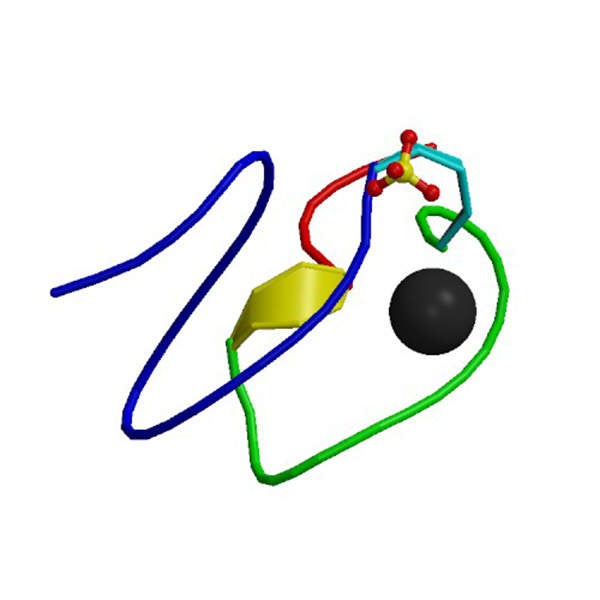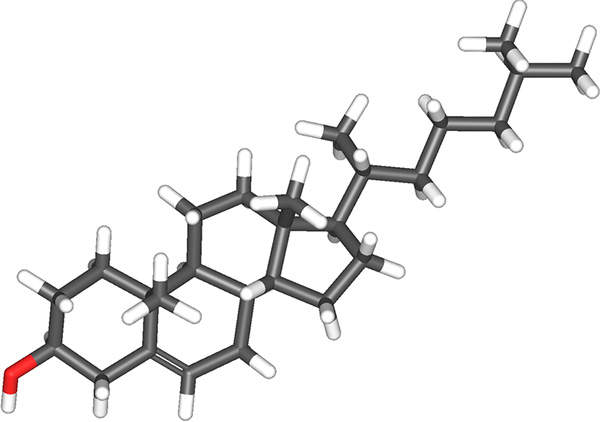Juxtapid (lomitapide) is developed and manufactured by Aegerion Pharmaceuticals for the treatment of patients with homozygous familial hypercholesterolemia (HoFH).
In December 2012, the US Food and Drug Administration (FDA) approved Juxtapid for lipoprotein cholesterol reduction in HoFH patients.
Homozygous Familial Hypercholesterolemia (HoFH)
HoFH is an uncommon genetic disease that impairs the function of the receptor responsible for removing lipoprotein cholesterol (LDL-C) and total cholesterol from the body. The disease is inherited from parents and is characterised by high levels of LDL cholesterol. It results in developing premature and progressive atherosclerosis by narrowing or blocking of the arteries.
The disease is found in about one out of 1,000,000 persons internationally.
Juxtapid’s mechanism of action
Juxtapid contains lomitapide, which inhibits the microsomal triglyceride transfer protein (MTTP). The MTTP is an important gene that is necessary for low-density lipoprotein (VLDL) assembly and secretion in the liver. The drug is available in capsule form for oral administration.
Clinical trials on Juxtapid (lomitapide)
Aegerion Pharmaceuticals conducted a Phase II clinical study of Juxtapid between June 2003 and February 2004. The open-label, single-group assignment study enrolled six patients with HoFH. It evaluated the safety and tolerability of four doses of Juxtapid for a period of 16 weeks. The primary outcome measure of the study was finding the reduction of lipoprotein cholesterol (LDL-C) in a time frame of 16 weeks. The secondary outcome measure included carrying out liver function tests and pulmonary function tests, and measuring the hepatic fat through Nuclear Magnetic Resonance Spectroscopy (NMRS).
Aegerion Pharmaceuticals conducted another Phase II clinical study on Juxtapid between May 2006 and January 2007. It was a randomised, double blind, active controlled and parallel assignment study which enrolled 60 patients with HoFH. The primary outcome measure of the study was finding the percent of change in LDL-C after 12 weeks of therapy. The secondary outcome measures included finding the percent of change in other baseline serum lipoproteins, high sensitivity C-reactive protein and body weight.
Juxtapid’s approval was based on the results obtained form a Phase III clinical study that was conducted between December 2007 and October 2011. It was a non-randomised, open-label and single-group assignment study. The study evaluated the effectiveness and safety of the drug in reducing the LDL-C levels in 29 adult patients with HoFH. The study was initially scheduled for 26 weeks but later extended and continued for 76 weeks.
The primary outcome measure of the study was finding the reduction of LDL cholesterol in a time frame of 26 weeks. The secondary outcome measures included finding the total cholesterol, HDL cholesterol, triglycerides, liver fat through MRI/NMRS and pharmacokinetics.
The study involved administering Juxtapid in a 5mg dose initially and gradually escalating it to 10mg, 20mg, 40mg, and up to 60mg based on the acceptable liver enzymes levels.
The results of the study demonstrated that patients administered with Juxtapid significantly reduced about 40% of LDL-C from the baseline of average of 336mg/dL to 190mg/dL at week 26. The LDL-C was reduced by 50% in 23 patients who finished the study.
The most common adverse reactions encountered during the clinical study were gastrointestinal, occuring in 93% of the patients, diarrhoea, nausea, vomiting, dyspepsia and abdominal pain in 28% of the patients, while weight loss, abdominal discomfort, abdominal distension, constipation and flatulence were found in about 17% to 24% of the patients.
Marketing Juxtapid in the US
Related project
Lipitor (Atorvastatin) – Treatment for High Cholesterol, United States of America
Lipitor (Atorvastatin) is a statin class drug indicated for reducing high cholesterol levels in the blood, which helps in the prevention of cardiovascular diseases. It is manufactured and marketed by Pfizer. Pfizer received the US Food and Drug Administration (FDA) approval for lipitor in 1996.
Juxtapid was launched into the US market after the approval by the US FDA, and Aegerion Pharmaceuticals holds all the commercial rights of the drug internationally.
Other medications available in the market for cholesterol reduction include ezetimibe (Zetia), and ezetimibe-simvastatin (Vytorin), both marketed by Merck, atorvastatin (Lipitor) manufactured by Pfizer, and pravastatin (Pravachol) manufactured by Bristol-Myers Squibb.










